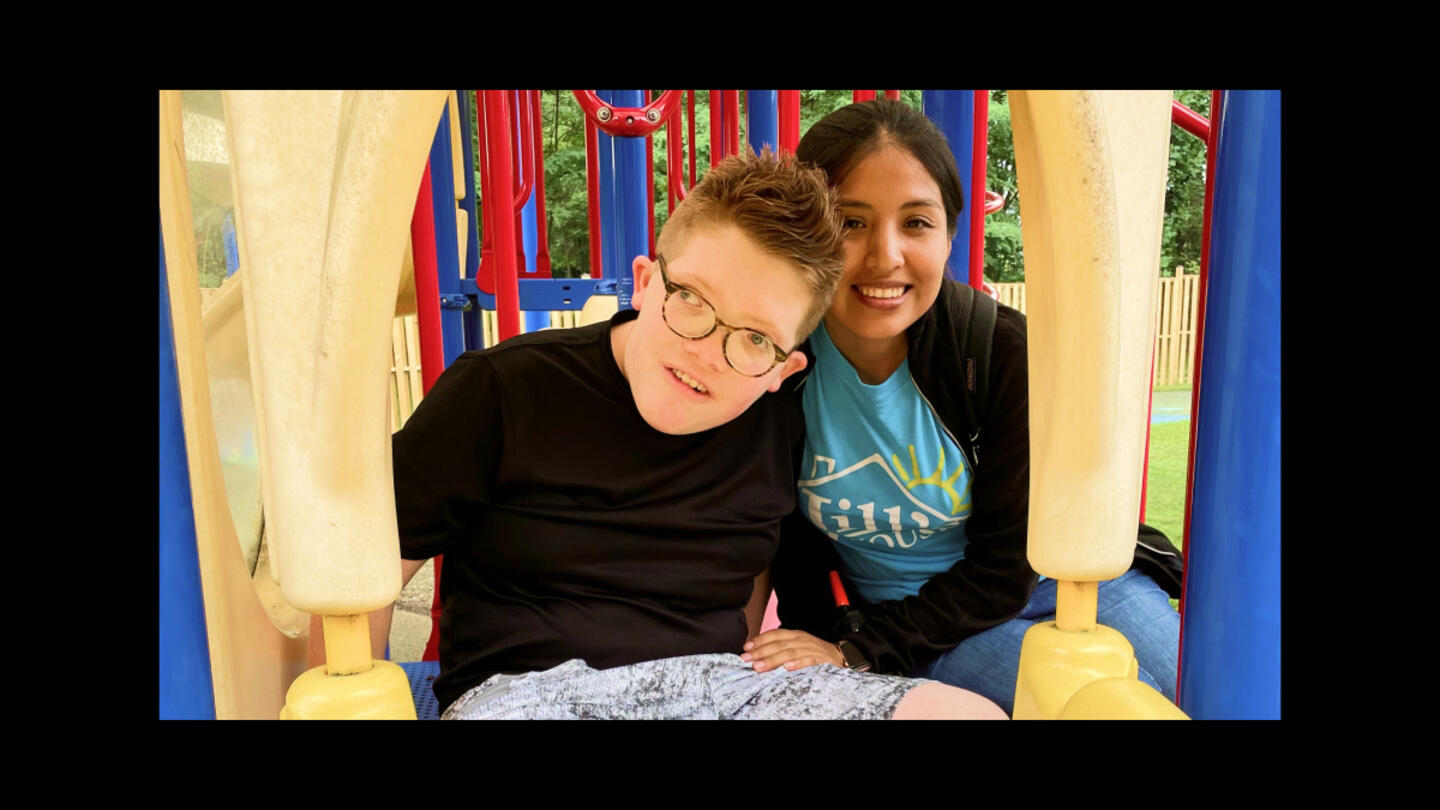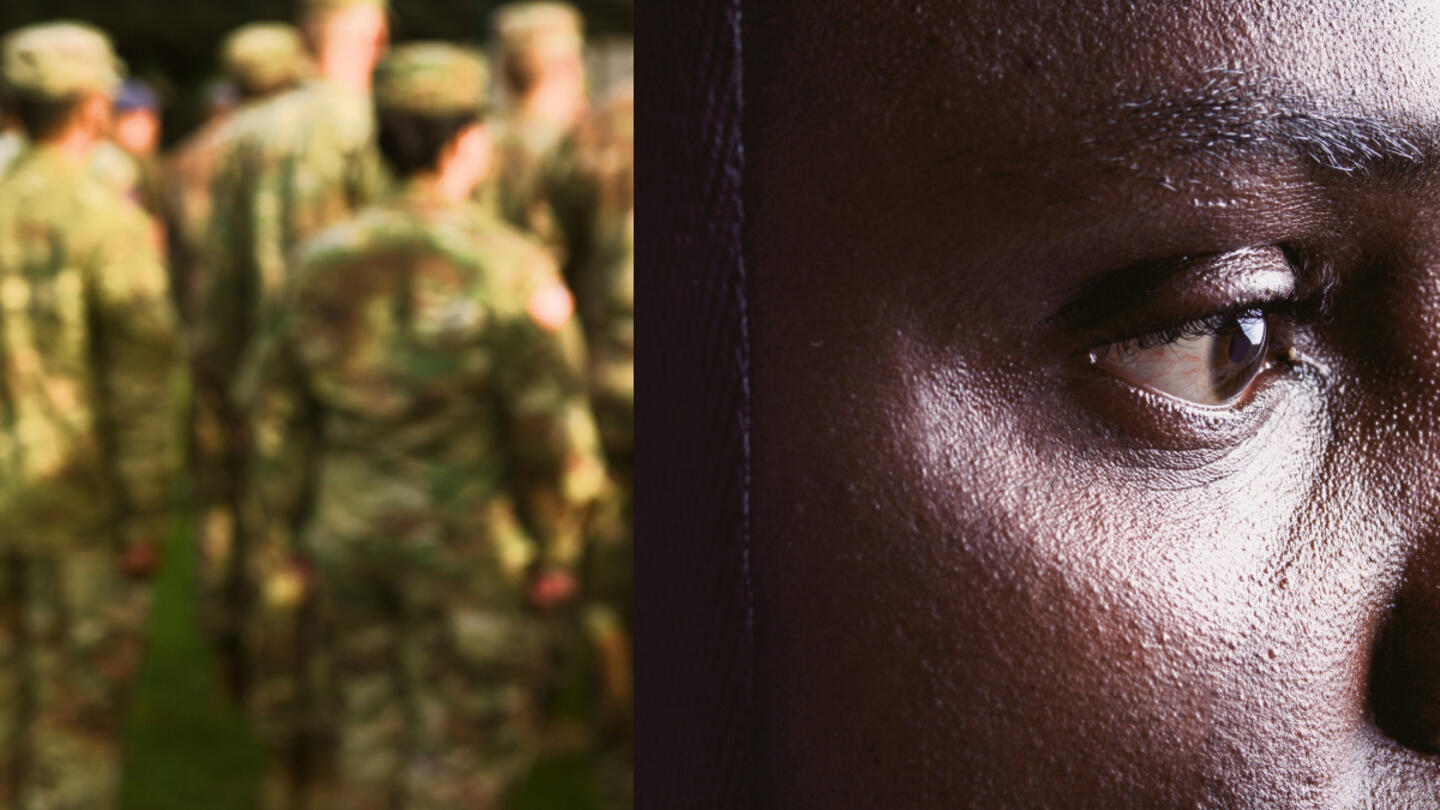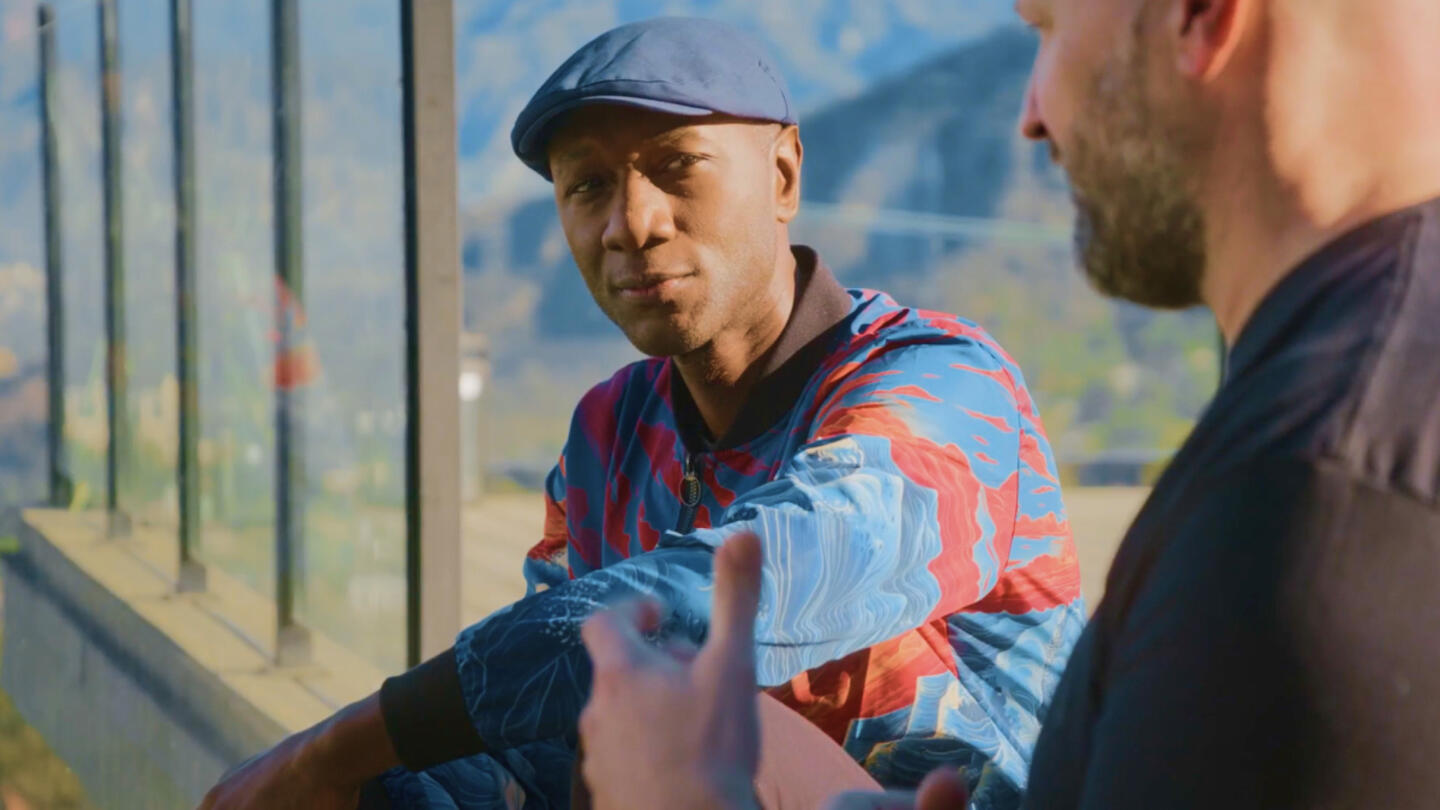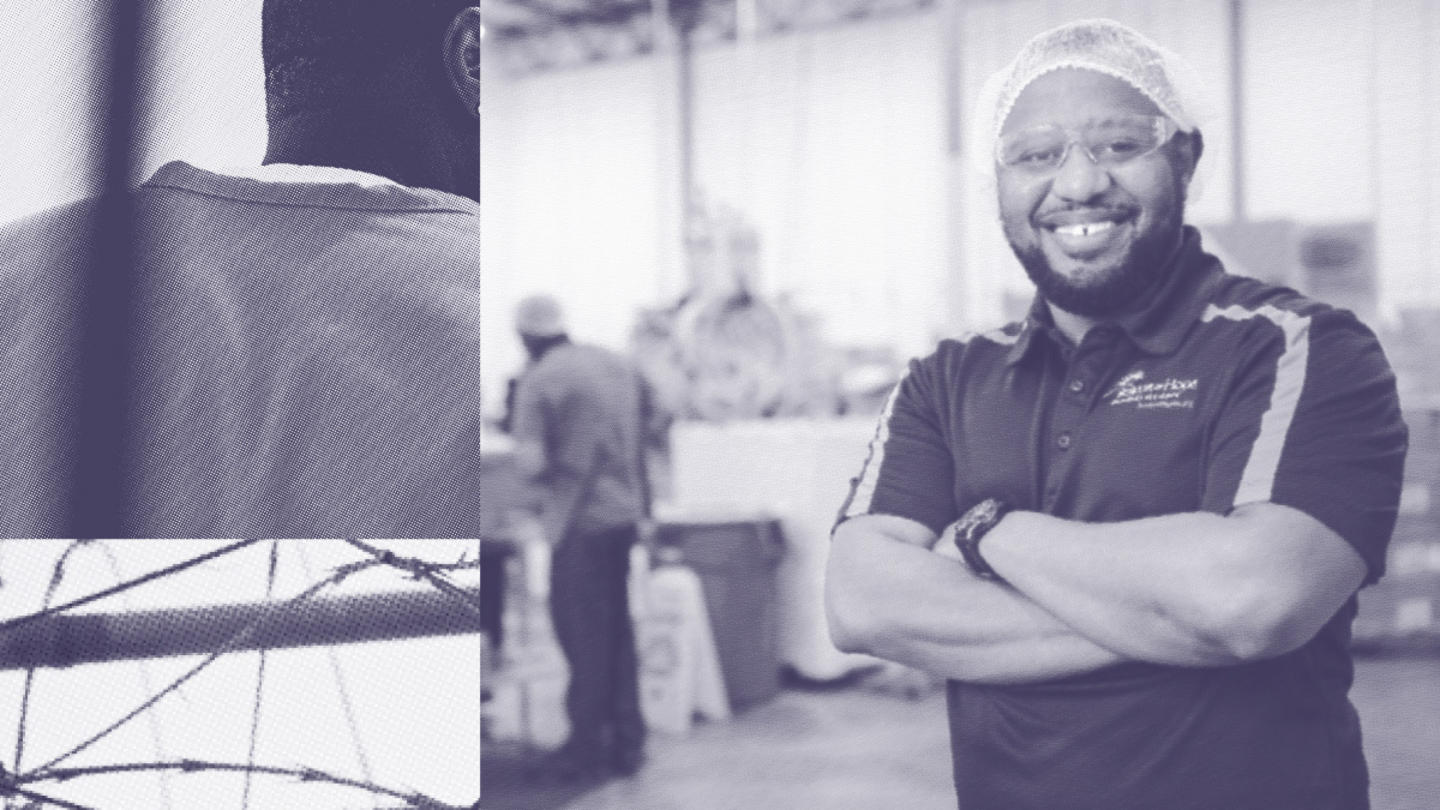Rayshun Holt is now the program director of Beacon of Hope, but a few years ago, the future terrified him.
After 21 years in prison, Rayshun didn't know what to expect when he was released. He'd grown up in Cincinnati, Ohio, during the late '80s and early '90s at the height of the crack cocaine epidemic in the area.
"I watched my working class neighborhood deteriorate fairly quickly, and before I knew it, a lot of the adults around me and a lot of my peers were on a downward trajectory," he recalls. "My environment started to kind of frame my behavior."
Rayshun bounced in and out of juvenile detention centers from the age of 12 and eventually committed a violent crime. Tried as an adult, he received a life sentence at 15, and spent his formative years in prison. There, he advanced his skills as much as he could – earning his GED, taking vocational courses, and participating in mentorship programs. Still, life outside bars seemed like a distant memory.
His personal development over the years hadn't gone unnoticed by the parole board, leading to his release after 21 years behind bars. But after so long away, he wondered how he'd make a new start. A friend connected him to the leader of Cincinnati Works, which helps train formerly incarcerated people for work. With its help, at age 36, Rayshun got his first job: working at a fast food restaurant with, as he points out, a 16-year-old manager.
"It was one of the most important experiences of my adult life," he says. "I had somewhere to be every day. I had the opportunity to learn firsthand … what it's like to be part of a business."
It wasn't long before his coach at Cincinnati Works alerted Rayshun to an opening at Nehemiah Manufacturing Company, where Rayshun made the most of the opportunities presented to him. He was promoted to commercialization coordinator and then worked up to a supervising position.
Cincinnati Works doesn't just hand Rayshun and other people with criminal records a job. It provides a foundation for self-empowerment, independence, and a community to lean on, equipping them to pursue the lives they want for themselves and contribute positively to their communities.
"They trusted who I was based on where I wanted to go as opposed to where I had been," Rayshun says. "They trusted that I could lead people, and that I had the aptitude to really learn to work. And that's exactly what happened."
Employment after incarceration is a community effort
Currently, around 70 million adults in the U.S. have a criminal record, which cuts the likelihood of getting a job offer by close to 50%. Recognizing this, 34 states and over 150 cities and counties have taken on second chance hiring practices.
Cincinnati Works is the larger umbrella organization that encompasses Beacon of Hope. Their many partners coordinate directly with courts, prisons, and local businesses. They provide support on both sides of the fence, helping businesses prepare to hire formerly incarcerated people and helping formerly incarcerated people prepare to reenter the workforce.
But the most important work they do is to address the whole person. This ensures people exiting prison are set up for success over the long run.
"They showed me that having a job is just one piece of the puzzle," Rayshun says. "If your life isn't set up correctly, your job just becomes another barrier, right? I stayed at Nehemiah Manufacturing for several years, and really had the opportunity to excel. They gave me the tools I needed to really grow."
Now, Rayshun and others within Beacon of Hope work with formerly incarcerated peers to help them navigate the same challenges, confusion, self-doubt, and obstacles they experienced.
"I got the chance to connect with people, and I also got the opportunity to start building a little bit of social capital," Rayshun says. "I was bankrupt there. Other people I knew were either still in 'the life,' or family members who were marginalized and just didn't have social capital to share."
Sign up for the Strong & Safe Communities newsletter for stories, ideas, and advice from changemakers working with their neighbors to address the biggest problems we face.
Second chance hiring isn't 'charity'
Second chance hiring isn't just an act of goodwill. It has real benefits, for employers and the larger community.
Formerly incarcerated people have skills that are badly needed in America's labor force. Excluding people with criminal records from the workforce is estimated to cost the U.S. economy up to $87 billion annually.
Evidence shows second chance hiring practices expand many industries' talent pools and fill gaps in openings. According to the U.S. Chamber of Commerce, the benefits of second chance hiring include "increased national productivity; available, motivated employees; high loyalty and low turnover; and safer, stronger communities."
Second chance hiring also strengthens public safety by reducing re-arrests. Those given employment opportunities were twice as likely to remain out of prison two years after release than those left unemployed.
Rayshun's lived experience is a case in point. He remembers incarceration as time he used to better himself and hone his professional and interpersonal skills, a path that only made him more valuable in the workforce.
"I started to make pretty significant changes," he says. "I took advantage of whatever educational opportunities were afforded. I really did a lot of self-reflecting and had the opportunity to start mentoring folks …. It gave me purpose. So I continued on that route, still doing more college, more vocational training, whatever it may be, and when I wasn't doing that, I was still working with people, trying to be a light in a dark place."
Nehemiah Manufacturing, where Rayshun worked for several years post-incarceration, is a national leader in second chance hiring. Since 2009, 80% of the company's new hires have had criminal backgrounds. In stark contrast to the 38.5% average for similar workplaces, the company has only experienced a 15% turnover rate.
At Nehemiah, Rayshun saw that "their business was able to grow exponentially, not in spite of the fact that they hire people with criminal backgrounds, but because of the fact that they hired and supported people."
Beacon of Hope offers just that: Hope
In 2020, Rayshun left his job at Nehemiah Manufacturing to work full-time for Beacon of Hope as a program director.
"It's been one of the biggest blessings of my life, just to even have the community. And to be able to have a platform to support others that are dealing with the same things I had to deal with … It's what gets me up every day."
Today he's "the proud papa" of a 3-year-old daughter, with "a wife, a family, a life" — things he hadn't imagined while incarcerated.
He will always be grateful for that first door opened for him by Cincinnati Works and Beacon of Hope, which now allows him to hold open doors for others.
He looks back at that very first fast food position, and sees it as the catalyst for transformation in his life, all thanks to "the thoughtfulness and the compassion that those folks had to open up the door to people in a time when it wasn't popular."
Cincinnati Works is supported by Stand Together Foundation, which partners with the nation's most transformative nonprofits to break the cycle of poverty.
Learn more about Stand Together’s efforts to build strong and safe communities and explore ways you can partner with us.

At this ‘resort,’ children with intellectual disabilities are seen as gifts to be celebrated and loved.

Veterans experience loss when leaving service. Could this be key to understanding their mental health?

The Grammy-nominated artist is highlighting the stories we don’t get to hear every day.

With his latest project, Blacc isn’t just amplifying stories — he’s stepping into them
